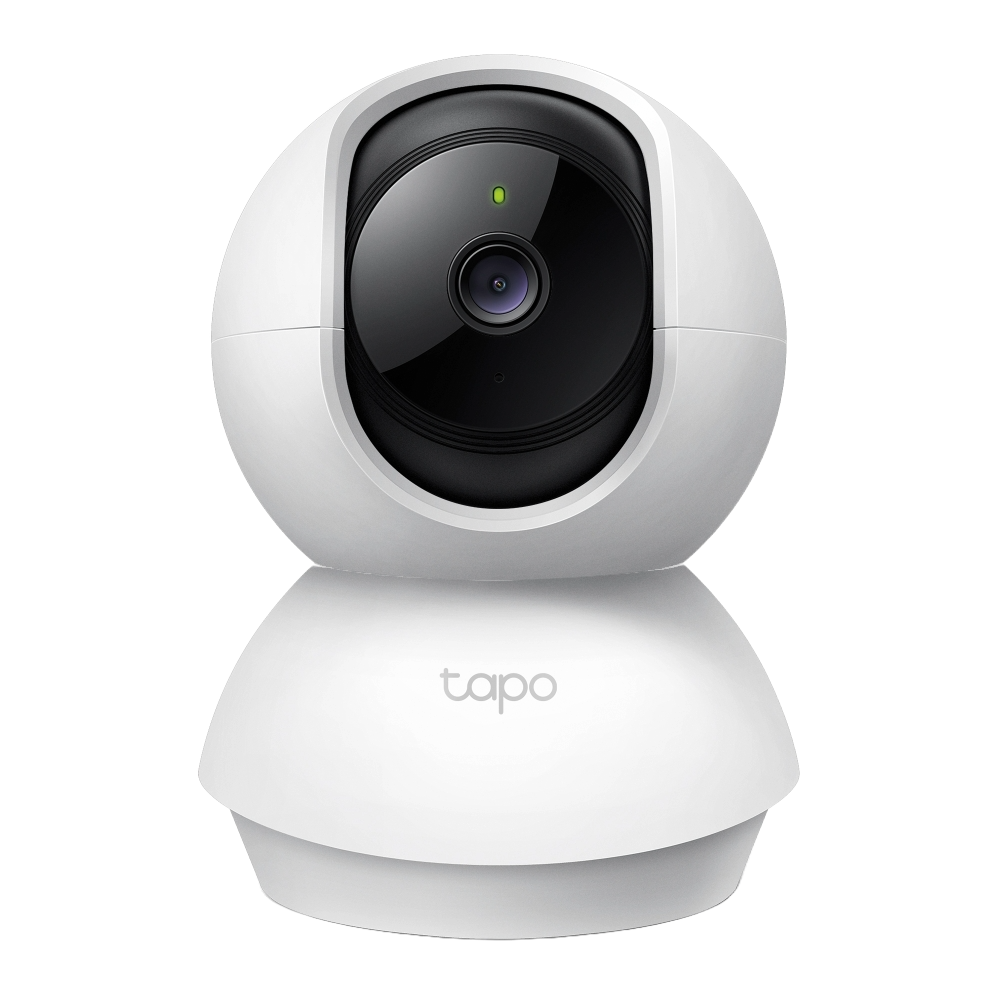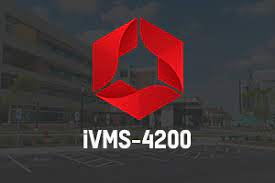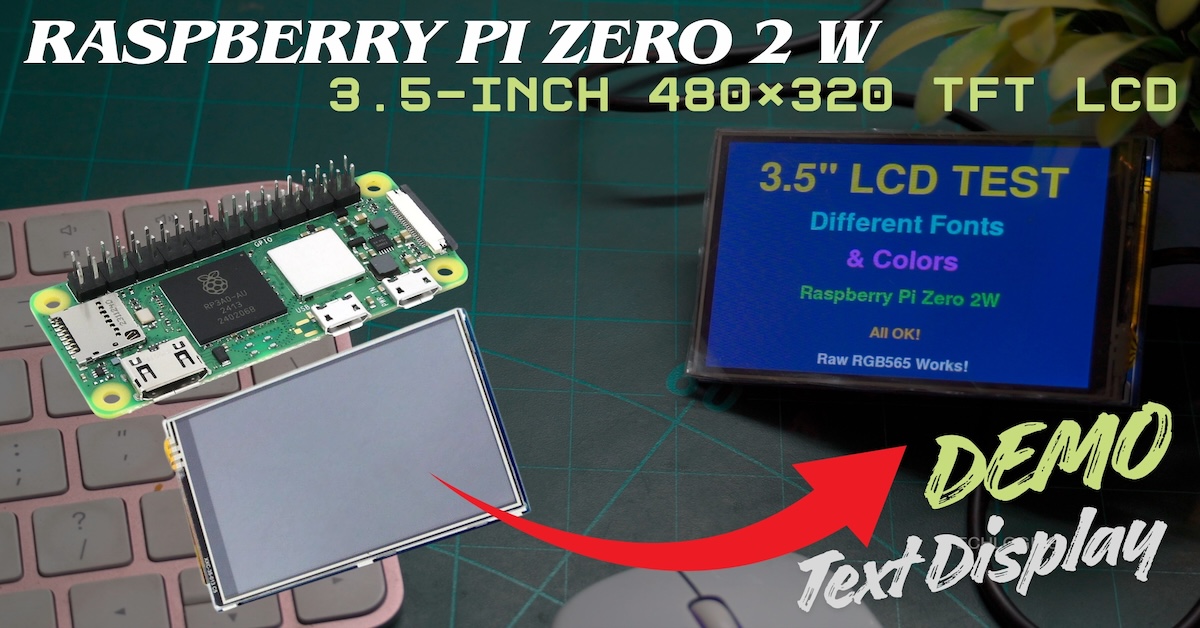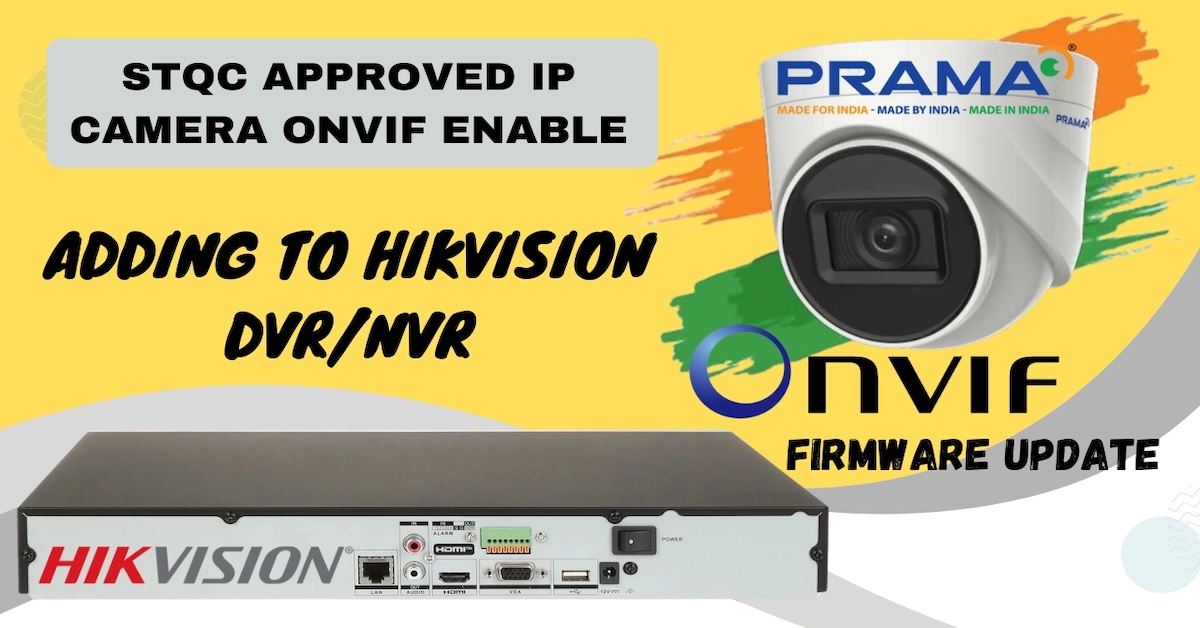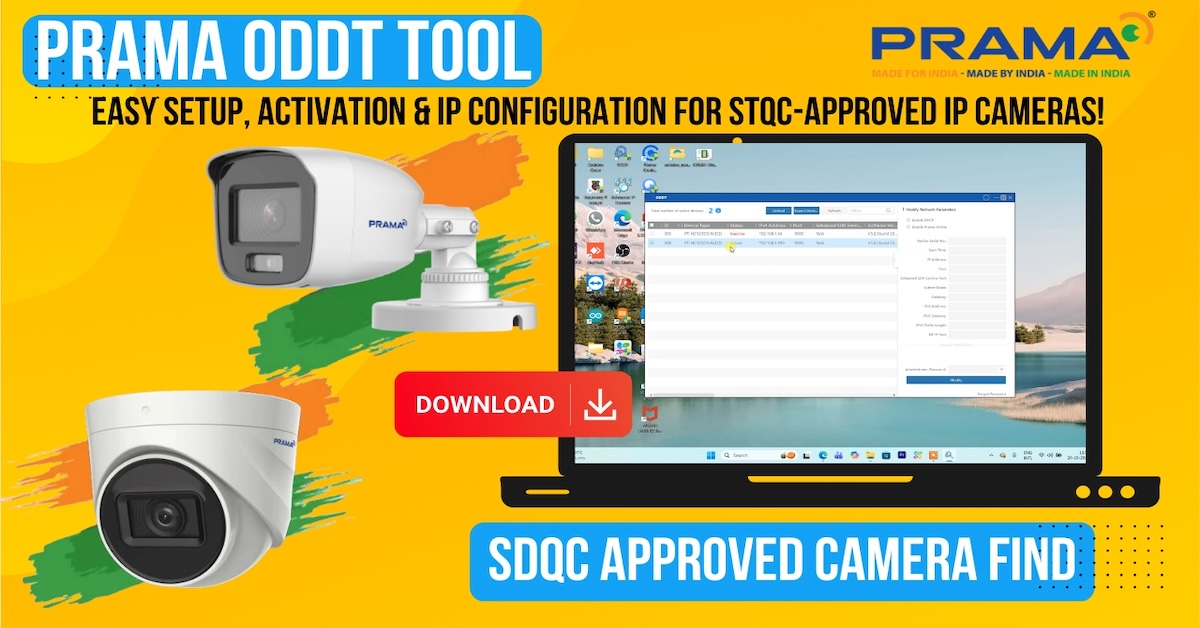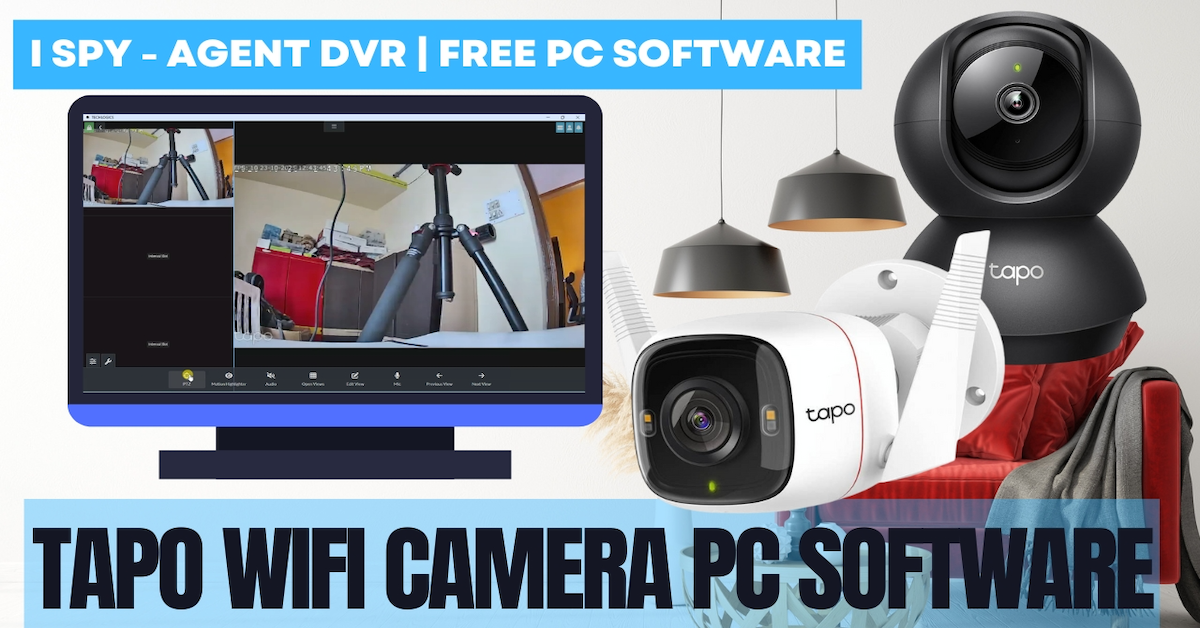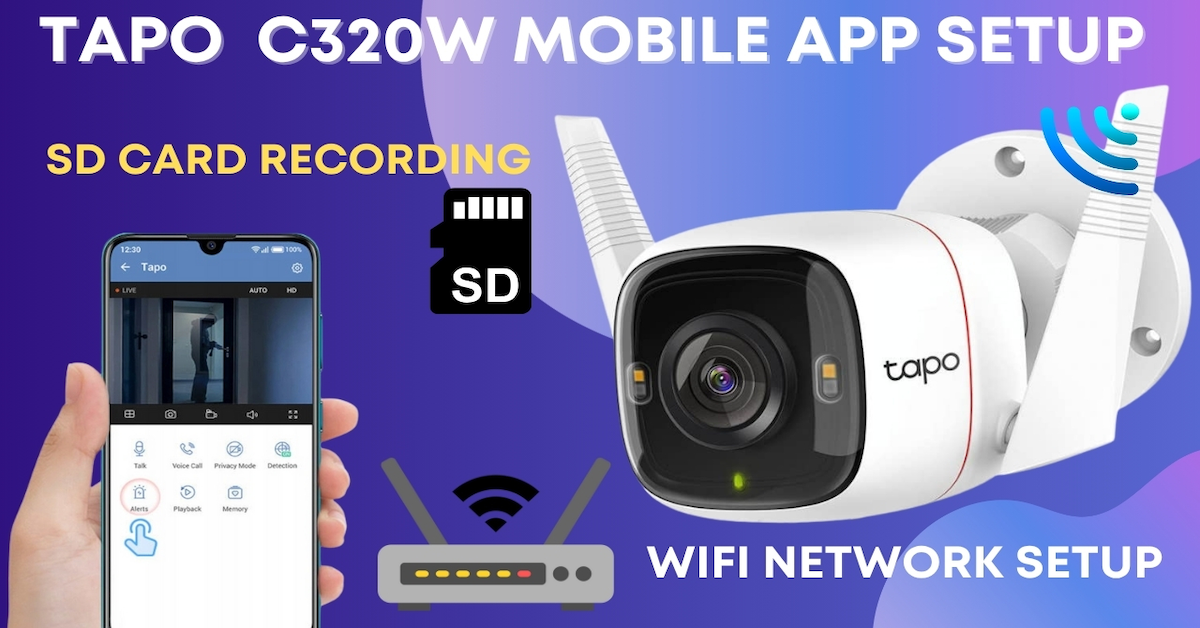Welcome to Tech Logics! In this blog post, we’ll walk you through the process of installing a hard disk drive (HDD) in a Digital Video Recorder (DVR). Whether you’re setting up a new surveillance system or upgrading an existing one, choosing the right hard drive and installing it correctly is key to ensuring optimal performance and reliability. This guide covers everything you need to know for a smooth installation, from selecting the right hard drive to configuring your DVR.
Let’s dive in and enhance your video recording capabilities with the perfect hard drive solution!
Choosing the Right Hard Drive for Your DVR
When selecting a hard drive for your DVR, prioritize reliability and compatibility. Popular brands like Seagate and Western Digital offer surveillance series hard drives specifically designed for video surveillance systems. These drives are built to handle continuous recording, high workloads, and 24/7 operation, ensuring durability and data security for your security system.
Key Considerations:
- Capacity: Surveillance drives typically range from 1TB to 8TB, depending on your DVR’s maximum supported capacity. Choose a capacity based on how many days of footage you need to store. For example, a 1TB HDD in a 4-channel Hikvision DVR using H.265 compression with four 2-megapixel cameras can store approximately 13 to 15 days of continuous recording.
- Speed and Durability: Opt for drives designed for surveillance, as they are engineered for constant read/write operations, ensuring long-term reliability.
- Compatibility: Check your DVR’s specifications to confirm supported drive sizes and types.
By choosing a surveillance series hard drive from a trusted manufacturer, you’ll ensure your system’s longevity and data security.


Tools You’ll Need
- A compatible surveillance hard drive (e.g., 1TB Seagate or Western Digital surveillance series)
- A screwdriver (matching the screws on your DVR)
- The DVR’s provided hard disk cable (typically includes a SATA data cable and a power cable)
Note: The steps in this guide are based on a Hikvision 4-channel DVR with a 1TB hard drive, but they are versatile and can be applied to other DVR models or brands, as well as different hard drive capacities.
Step-by-Step Installation Process
Step 1: Open the DVR Panel
- Power off the DVR and unplug it from the power source to ensure safety.
- Locate the screws securing the DVR’s panel (refer to your DVR’s manual for exact locations).
- Using the appropriate screwdriver, carefully unscrew the designated screws to avoid damaging them or the DVR casing.
- Gently lift the panel to access the internal components. Take a moment to familiarize yourself with the layout and locate the slot where the hard drive will be mounted.


Step 2: Connect the Hard Drive
- Identify the hard disk cable provided with your DVR, which typically includes:
- A SATA data cable for transferring data between the DVR and the hard drive.
- A power cable to supply power to the hard drive.
- Check the cables for a small latch or notch to ensure proper alignment of the pins.
- Connect one end of the SATA data cable to the SATA port on the hard drive and the other end to the corresponding port on the DVR.
- Attach the power cable from the DVR’s power source to the hard drive.
- Ensure both cables are securely connected without forcing them, as proper connections are critical for reliable data transfer and operation.
Tip: Take your time to align the cables correctly to avoid damaging the ports.




Step 3: Mount the Hard Drive
- Place the hard drive into the designated slot inside the DVR.
- Secure the hard drive in place using the provided screws or mounting brackets (check your DVR’s manual for specific instructions).
- Double-check that the hard drive is firmly in place and the cables are not loose.

Step 4: Close the DVR Panel
- Carefully reattach the panel cover, ensuring it aligns properly with the DVR body.
- Use the screws you removed earlier to fasten the cover securely, tightening them evenly to ensure stability.
- Double-check all connections to confirm they are tight and properly installed.


Configuring the Hard Drive
Once the hardware installation is complete, you’ll need to prepare the hard drive for use:
- Power on the DVR and access its menu.
- Initialize or format the hard drive through the DVR’s configuration settings (this is required for new drives).
- Set up your recording schedule and mode of operation (e.g., continuous or motion-based recording) via the DVR’s menu.
- Verify that the DVR recognizes the hard drive and is ready to record.
Note: For detailed instructions on storage setup and advanced configurations, check your DVR’s manual or stay tuned for our upcoming guides.
Final Thoughts
Congratulations! You’ve successfully installed a hard disk drive in your DVR, setting the stage for reliable and efficient video surveillance. By choosing a surveillance series hard drive and following these steps, you’ve ensured your system is ready to record and store footage effectively.
If you found this guide helpful, please consider liking, sharing, or subscribing to Tech Logics for more tech tutorials and tips. Your support motivates us to keep creating valuable content for our community. Have questions or need further assistance? Drop a comment below, and we’ll be happy to help!
Thank you for joining us, and happy recording!
